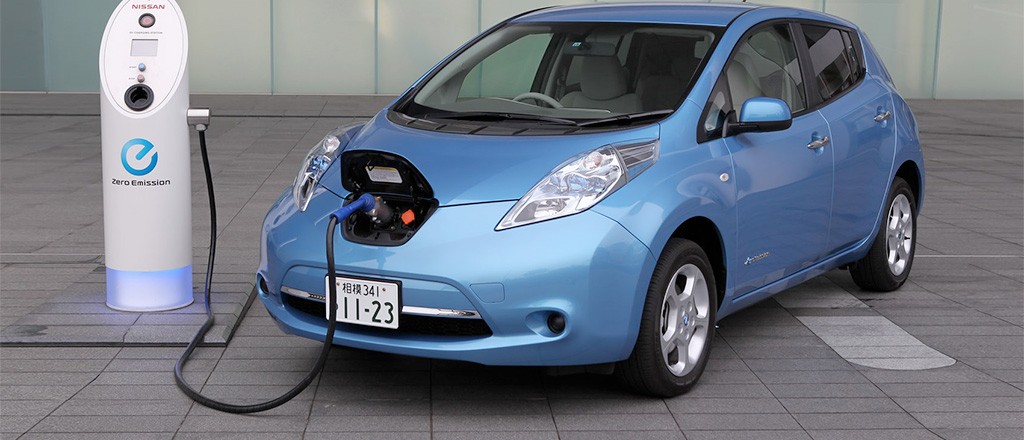More than 290,000 electric cars were sold in the European Union (EU) last year, in a near doubling of 2018 figures, industry data showed on Thursday.
Sales rose year-on-year by 93.8 per cent to 290,923 units, the European Automobile Manufacturers Association (ACEA) said in a statement.
The Netherlands, with 67,695 sold, and Germany, with 63,491, were the biggest national markets for electric cars.
ACEA also reported a near 50-per-cent increase in hybrid car sales, to 465,026 units, and a 13.9-per-cent increase for plug-in hybrids, to 174,103 units.
Alternatively powered vehicles – a definition that includes cars running on liquefied petroleum gas (LPG) and natural gas – accounted for 10.7 per cent of the total EU car market in 2019, up from 7.5 per cent in 2018.
An electric car is an automobile that is propelled by one or more electric motors, using energy stored in rechargeable batteries.
The first practical electric cars were produced in the 1880s.
Read Also: NCC Begins Nationwide Cyber Security Awareness Campaign
Electric cars were popular in the late 19th century and early 20th century, until advances in internal combustion engines, electric starters in particular, and mass production of cheaper gasoline vehicles led to a decline in the use of electric drive vehicles.
From 2008, a renaissance in electric vehicle manufacturing occurred due to advances in batteries, and the desire to reduce greenhouse gas emissions and improve urban air quality.
Several national and local governments have established government incentives for plug-in electric vehicles, tax credits, subsidies, and other incentives to promote the introduction and adoption in the mass market of new electric vehicles, often depending on battery size, their electric range and purchase price.
Meanwhile, sales of diesel cars slumped by 13.9 per cent to 4.65 million units, and their market share declined by more than five percentage points to 30.5 per cent.
Petrol cars remained by far the most popular in the EU, with sales rising 5.2 per cent to 8,96 million units and a market share up by more than two percentage points to 58.9 per cent.
(dpa/NAN)
